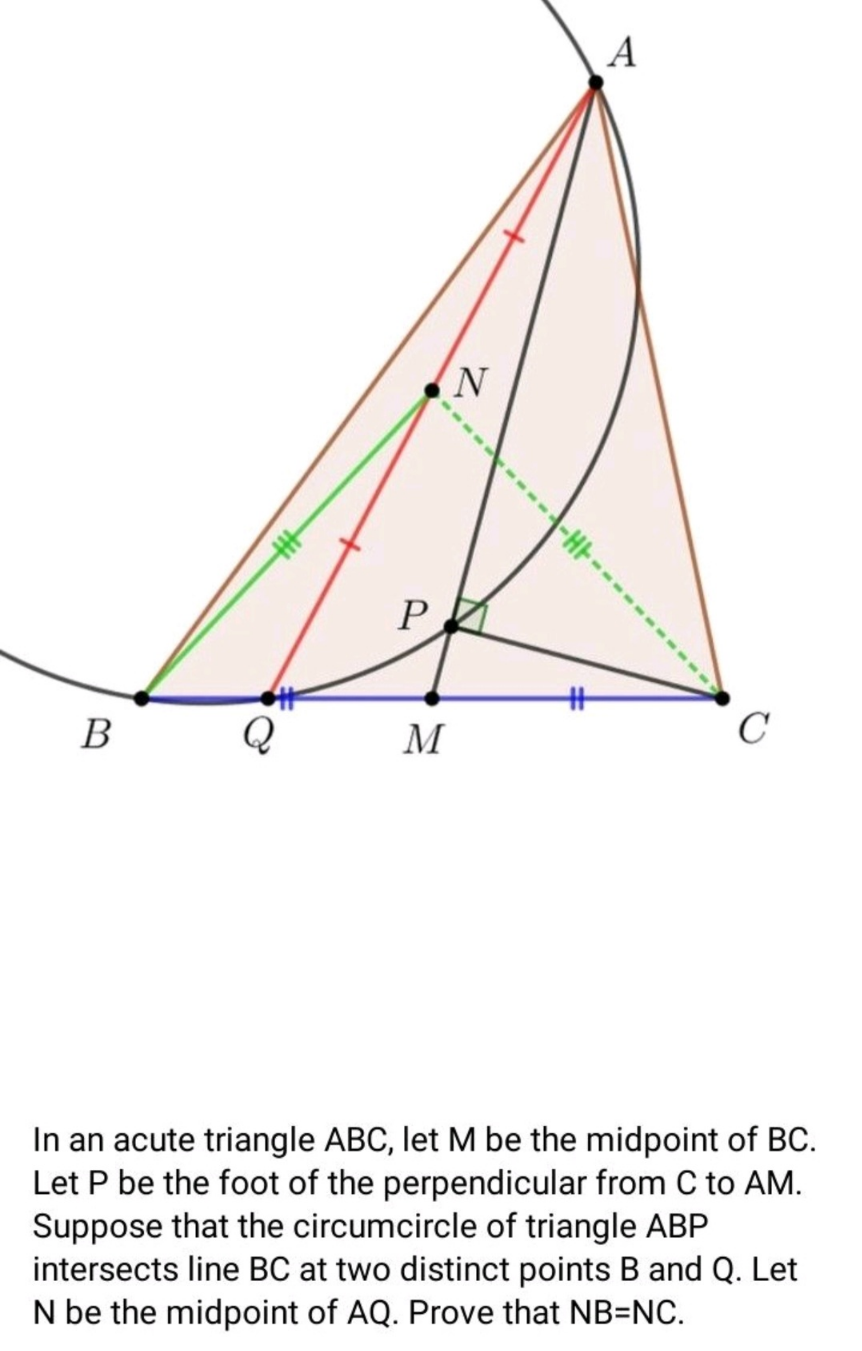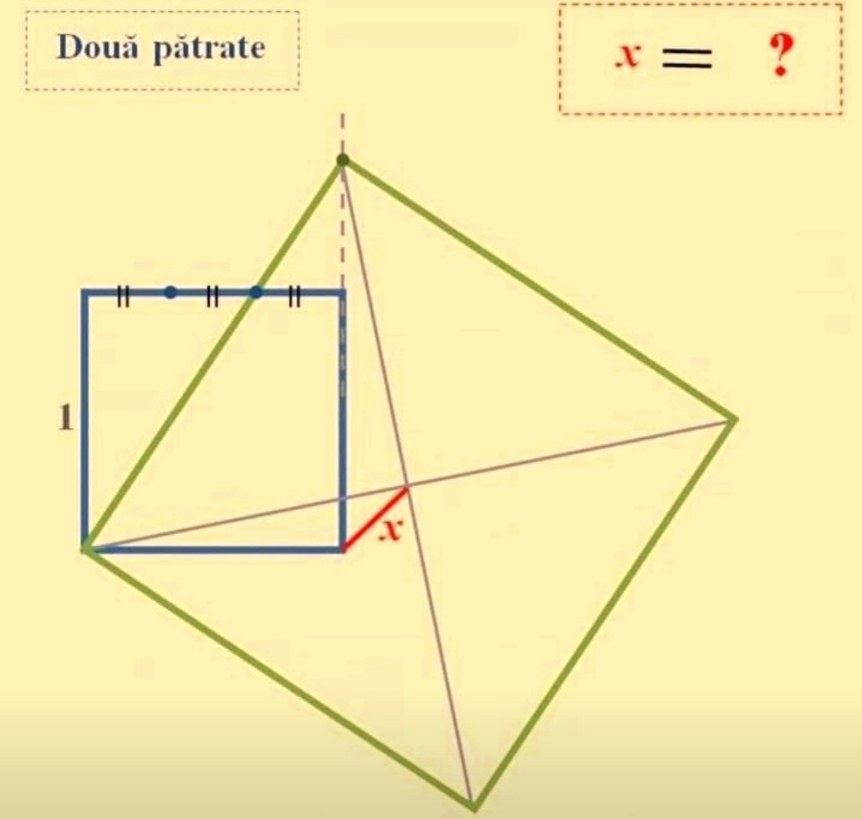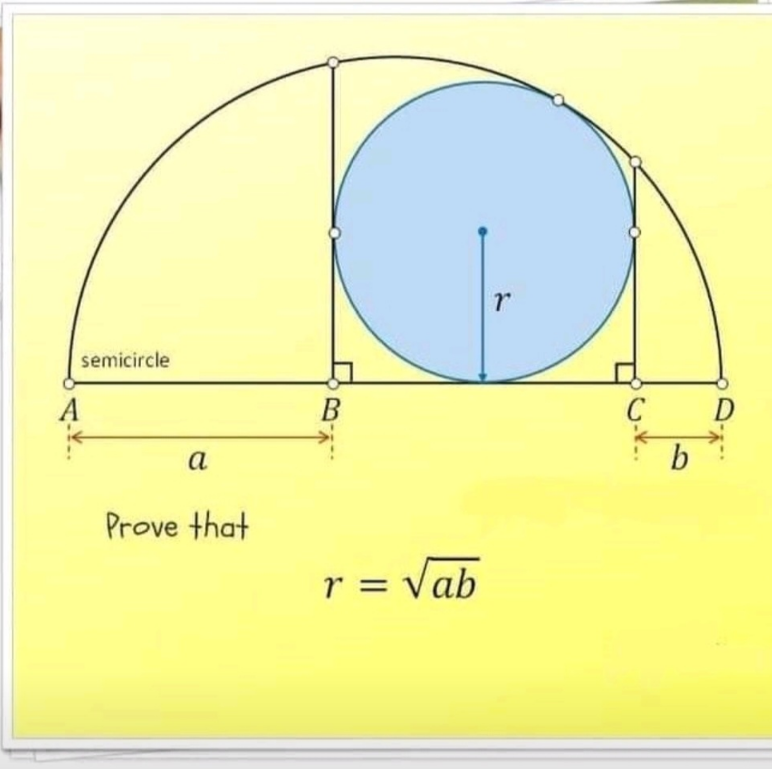
AllQuestion and Answers: Page 317
Question Number 190005 Answers: 0 Comments: 0

Question Number 189998 Answers: 2 Comments: 0
Question Number 189989 Answers: 1 Comments: 0

Question Number 189986 Answers: 1 Comments: 0

Question Number 189984 Answers: 0 Comments: 0

Question Number 189980 Answers: 1 Comments: 0

Question Number 189977 Answers: 1 Comments: 0

Question Number 189976 Answers: 2 Comments: 0

Question Number 189975 Answers: 1 Comments: 0

Question Number 189973 Answers: 3 Comments: 4

Question Number 189971 Answers: 1 Comments: 0

Question Number 189970 Answers: 1 Comments: 0

Question Number 189965 Answers: 3 Comments: 0

Question Number 190021 Answers: 0 Comments: 0
Question Number 190019 Answers: 1 Comments: 3

Question Number 189952 Answers: 2 Comments: 0
Question Number 189949 Answers: 1 Comments: 0

Question Number 189942 Answers: 1 Comments: 0

Question Number 189941 Answers: 2 Comments: 0

Question Number 189940 Answers: 0 Comments: 0

Question Number 189937 Answers: 0 Comments: 0

Question Number 189932 Answers: 0 Comments: 0

Question Number 189925 Answers: 2 Comments: 1

Question Number 189923 Answers: 1 Comments: 0
Question Number 189921 Answers: 2 Comments: 2

Question Number 189919 Answers: 1 Comments: 0
Pg 312 Pg 313 Pg 314 Pg 315 Pg 316 Pg 317 Pg 318 Pg 319 Pg 320 Pg 321
